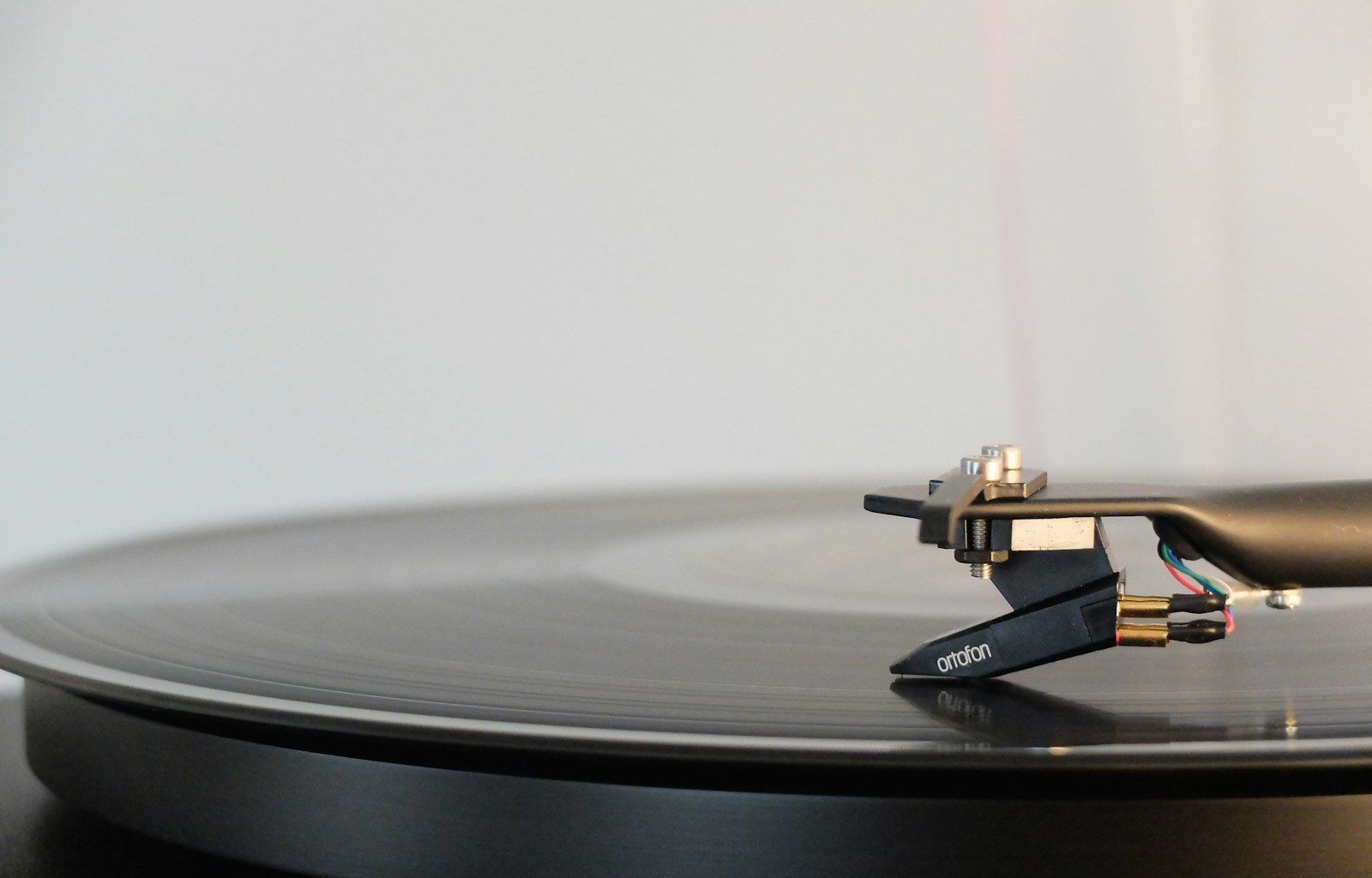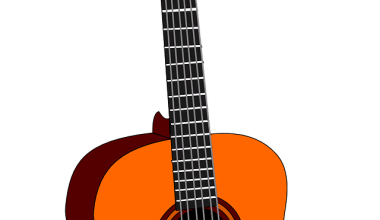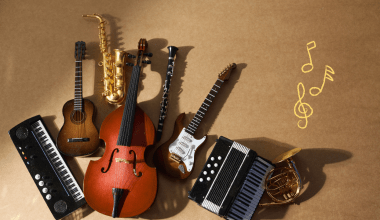Making music is one thing. Getting it heard by the world? That’s another story entirely. If you’re an artist, producer, or band, you’ve likely heard of music distributing. It’s the process of sharing your music across various platforms so listeners everywhere can enjoy your work. But how does it work? And where do you start? Let’s dive into the world of music distributing and simplify it step by step.
What is Music Distributing?
Music distributing is the process of delivering your music to platforms like Spotify, Apple Music, Amazon Music, and even social media. Distributors act as the bridge between you, the artist, and these platforms. They ensure your music reaches audiences worldwide, making it available to stream, download, or purchase.
Think of it this way: You create your music, but a distributor helps you get it into listeners’ ears. Without a proper distribution plan, your music might stay hidden in your studio, unheard by the world.
Why is Music Distributing Important?
You might be wondering: “Can’t I just upload my tracks to one platform and call it a day?” While you can share your music directly on some platforms, distribution services offer a massive advantage. Here’s why:
- Global Reach: Distributors can push your music to multiple platforms, giving you access to millions of potential listeners.
- Professional Presence: A good distribution strategy ensures your music appears alongside major artists, enhancing credibility.
- Monetization Opportunities: Platforms pay artists for streams and downloads. A distributor ensures you don’t miss out on this revenue.
- Data and Insights: Most distributors provide analytics, showing you where your audience is and how they’re engaging with your music.
Types of Music Distributors
When diving into music distributing, it’s essential to understand the two main types of distributors:
- Traditional Distributors: These work directly with record labels and handle the logistics of getting physical copies of music (like CDs or vinyl) into stores. While less common today, they’re still relevant for artists focusing on physical sales.
- Digital Distributors: These focus on getting your music onto online platforms. Popular digital distributors include DistroKid, TuneCore, CD Baby, and Amuse. These services are ideal for independent artists.
How to Choose the Right Distributor
Not all distributors are the same. Here are some key factors to consider:
- Pricing: Some distributors charge an upfront fee, while others take a percentage of your royalties. Choose what works best for your budget.
- Platforms Supported: Ensure the distributor can place your music on all the major platforms.
- Additional Features: Some distributors offer extra perks, like YouTube monetization or marketing tools.
- Payout Frequency: Check how often you’ll receive your earnings.
For example, DistroKid offers unlimited uploads for a flat yearly fee, while CD Baby charges per release but takes no annual fee. Do some research to find the best fit for your needs.
Steps to Distribute Your Music
Getting started with music distributing might seem daunting, but it’s simpler than you think. Follow these steps:
1. Create High-Quality Music
Your music’s quality is crucial. Invest in good recording equipment or hire professionals to ensure your tracks sound polished.
2. Choose a Distributor
Based on your research, pick a distributor that aligns with your goals.
3. Prepare Your Assets
Distributors will require:
- Your audio files (preferably in WAV format)
- Album artwork (typically 3000×3000 pixels)
- Metadata (song title, artist name, genre, etc.)
4. Upload Your Music
Follow the distributor’s instructions to upload your tracks. Double-check all details before submitting.
5. Promote Your Release
Once your music is live, share it! Use social media, email newsletters, and collaborations to spread the word.
Platforms Where Your Music Will Appear
With the help of a distributor, your music can appear on:
- Streaming Platforms: Spotify, Apple Music, Amazon Music, Tidal
- Download Stores: iTunes, Google Play
- Social Media: Instagram, TikTok, Facebook
- Video Platforms: YouTube, Vevo
Each platform offers unique opportunities to connect with fans. For example, TikTok has become a hotspot for music discovery, while Spotify playlists can significantly boost your streams.
Tips to Maximize Your Reach
Music distributing is only half the battle. Here are some tips to make the most of it:
- Optimize Your Metadata: Use accurate titles, genres, and tags to help your music get discovered.
- Pitch to Playlists: Many platforms, like Spotify, allow artists to pitch their tracks for playlist consideration.
- Engage with Your Audience: Reply to comments, host Q&A sessions, and share behind-the-scenes content.
- Monitor Analytics: Use the data provided by your distributor to understand what’s working and where to improve.
- Stay Consistent: Regularly release new music to keep your audience engaged.
The Future of Music Distributing
The music industry is constantly evolving. Trends like blockchain, NFTs, and AI are starting to influence how music is distributed. For instance, some platforms now allow artists to sell their music directly as NFTs, bypassing traditional distributors. Staying informed about these changes can help you stay ahead of the curve.
For further reading, explore these related articles:
- How to Upload to Spotify for Free: A Complete Guide
- Understanding Music Industry Jargon: A Beginner’s Guide
For additional resources on music marketing and distribution, visit DMT Records Private Limited.






